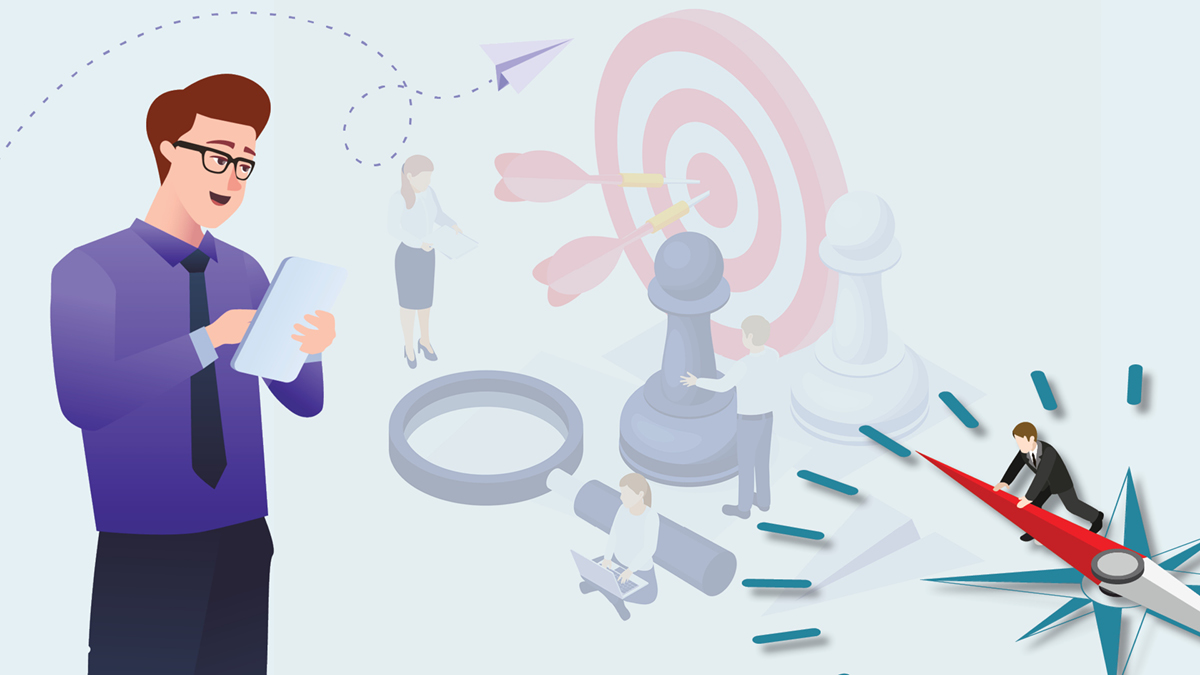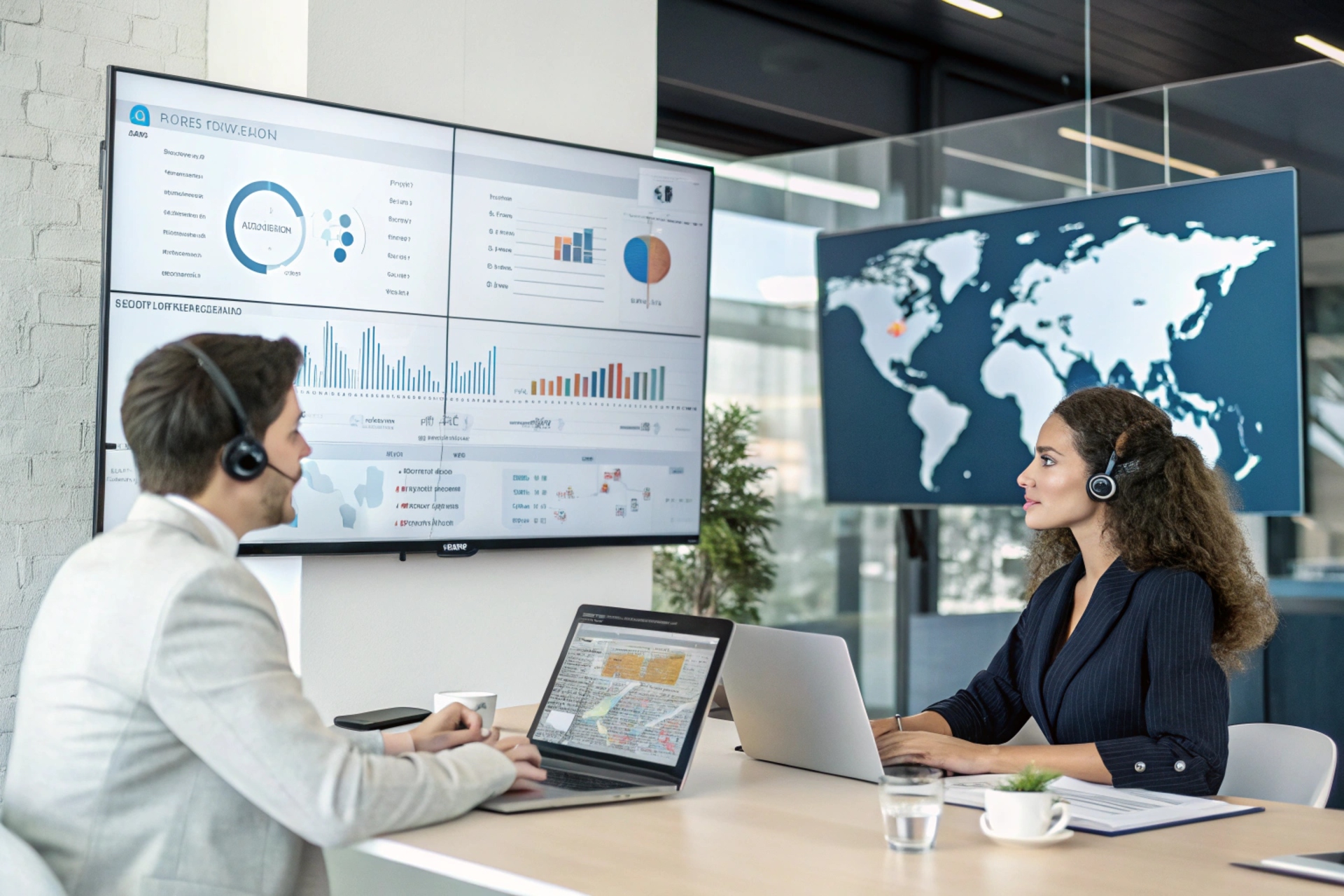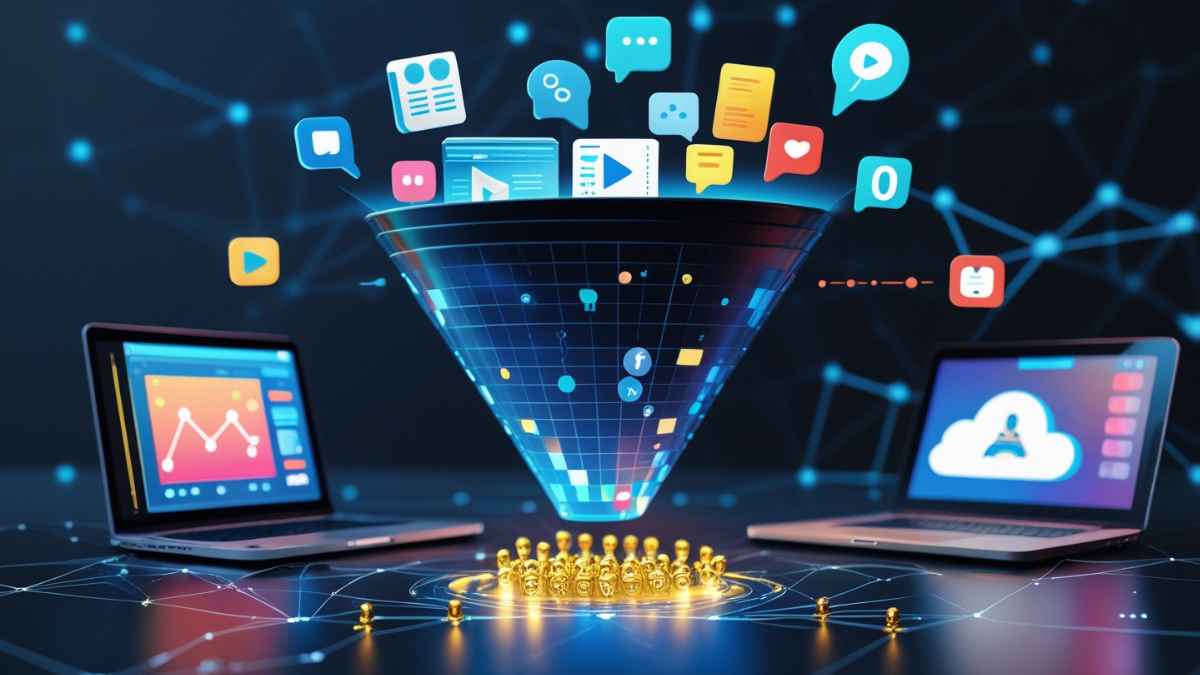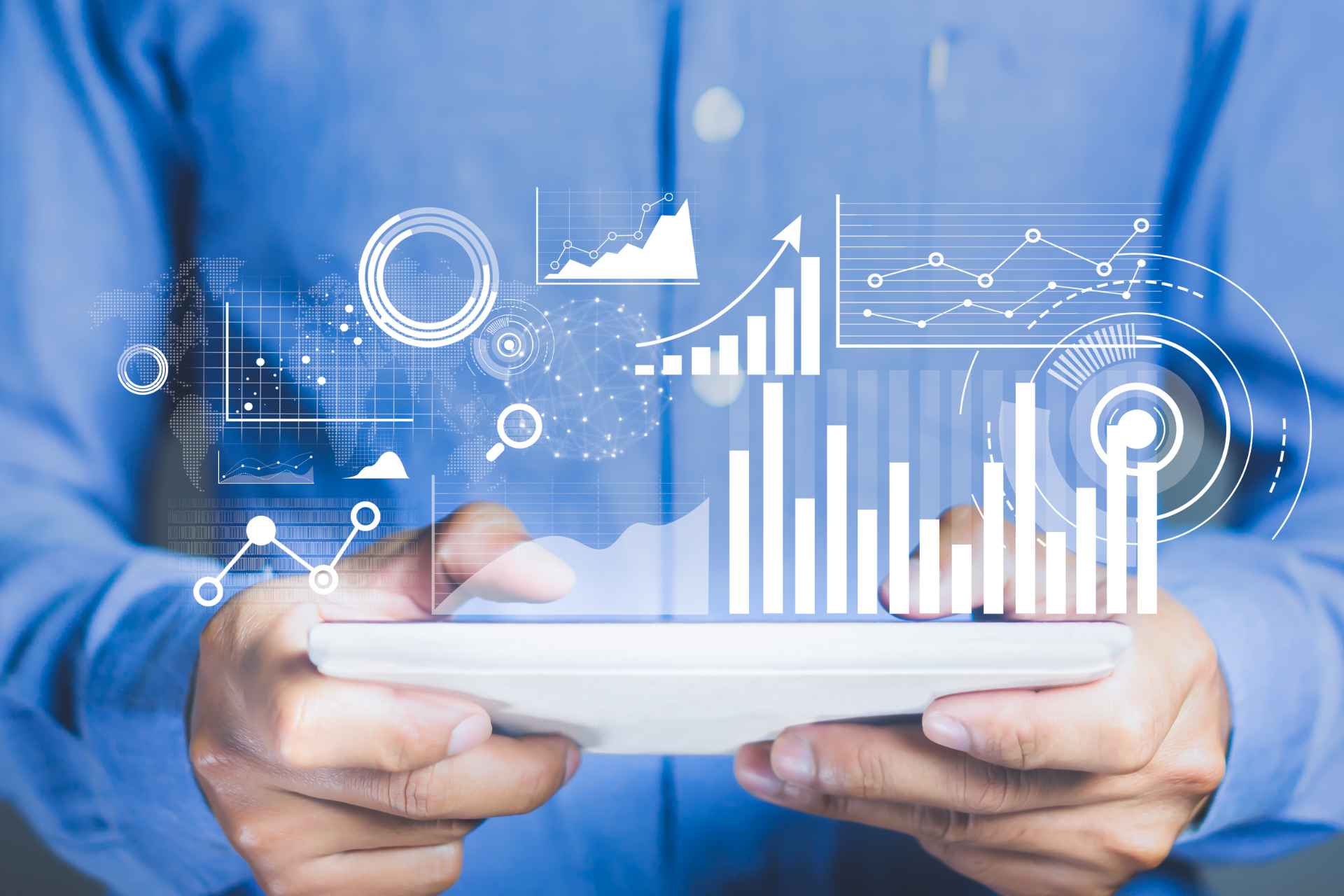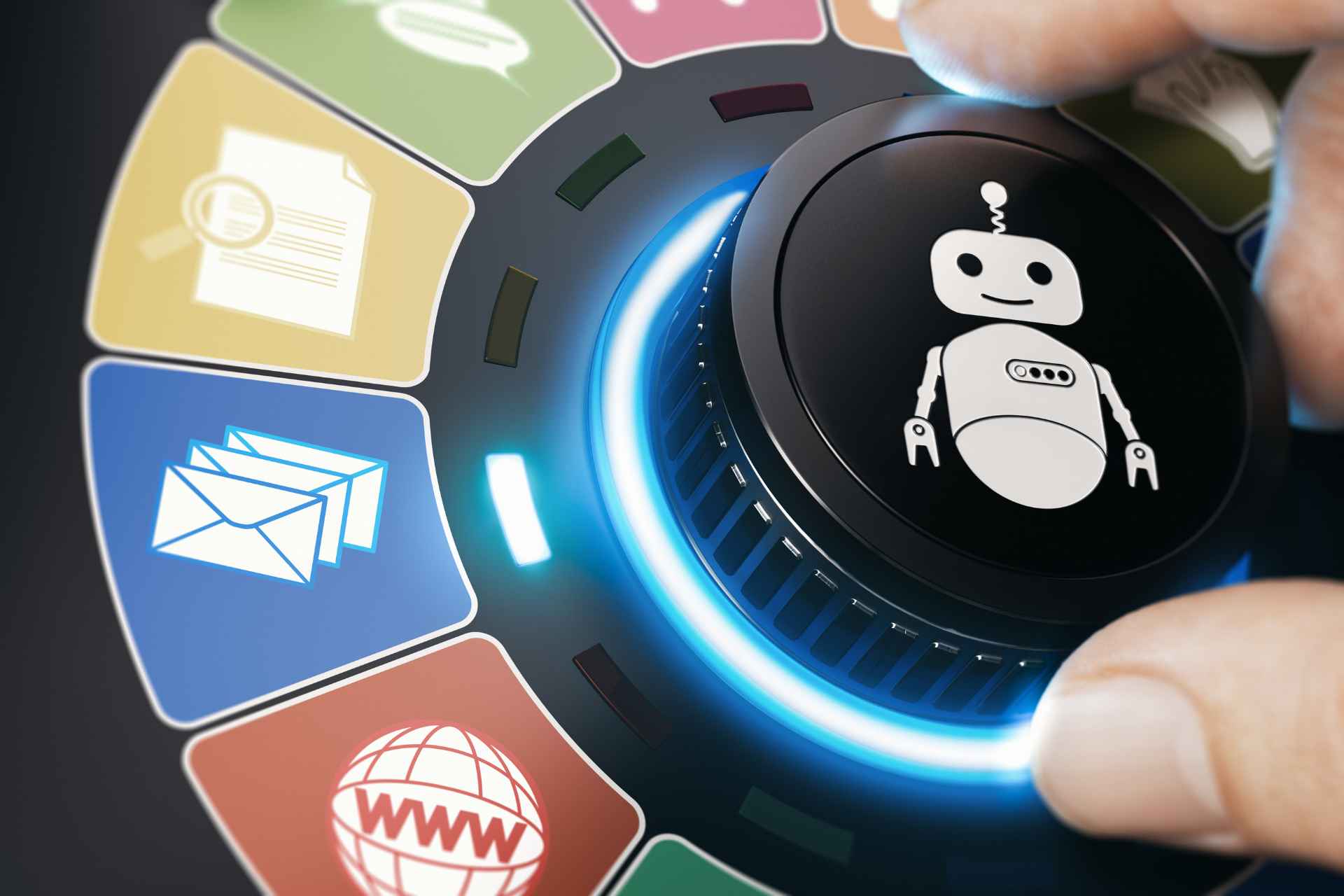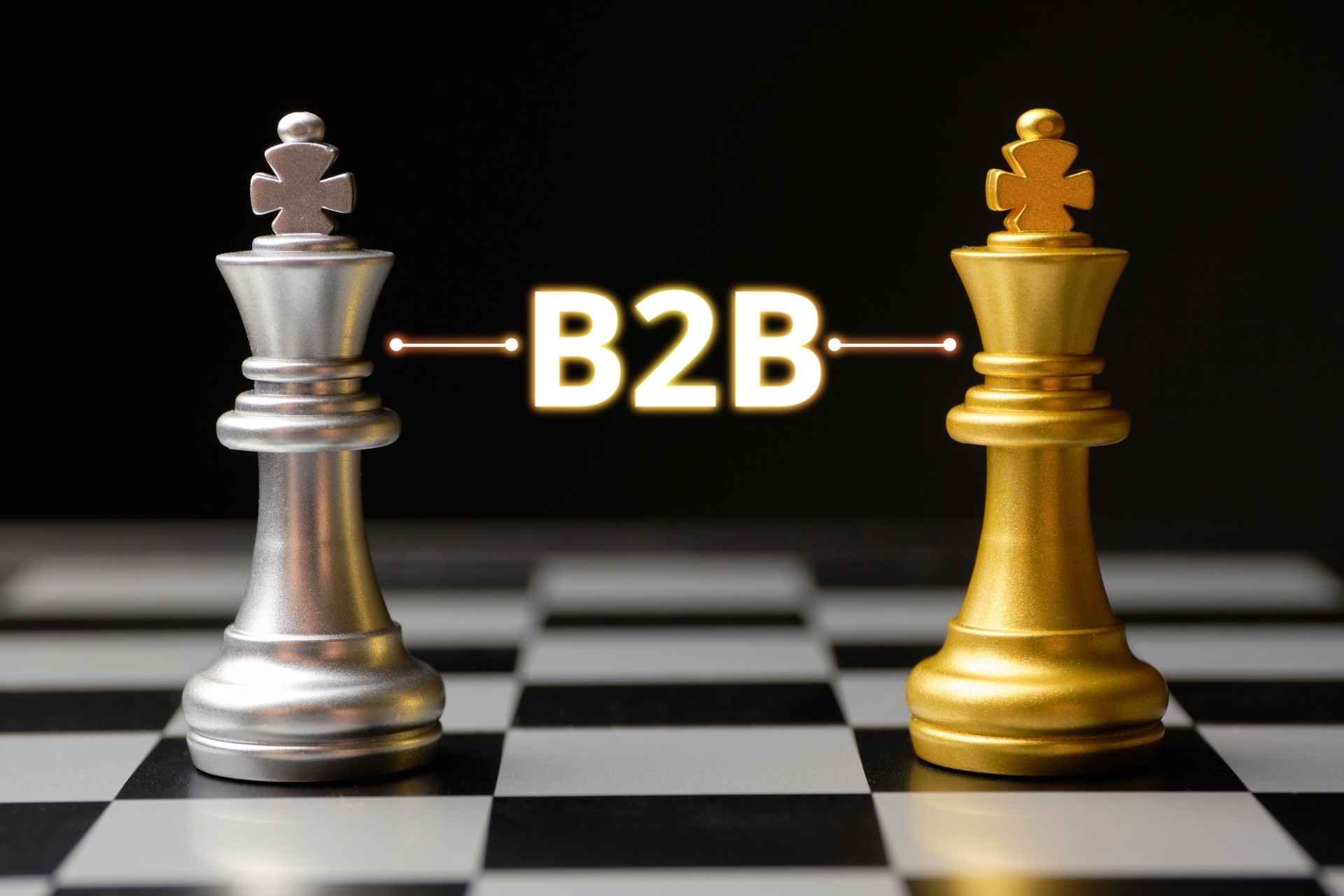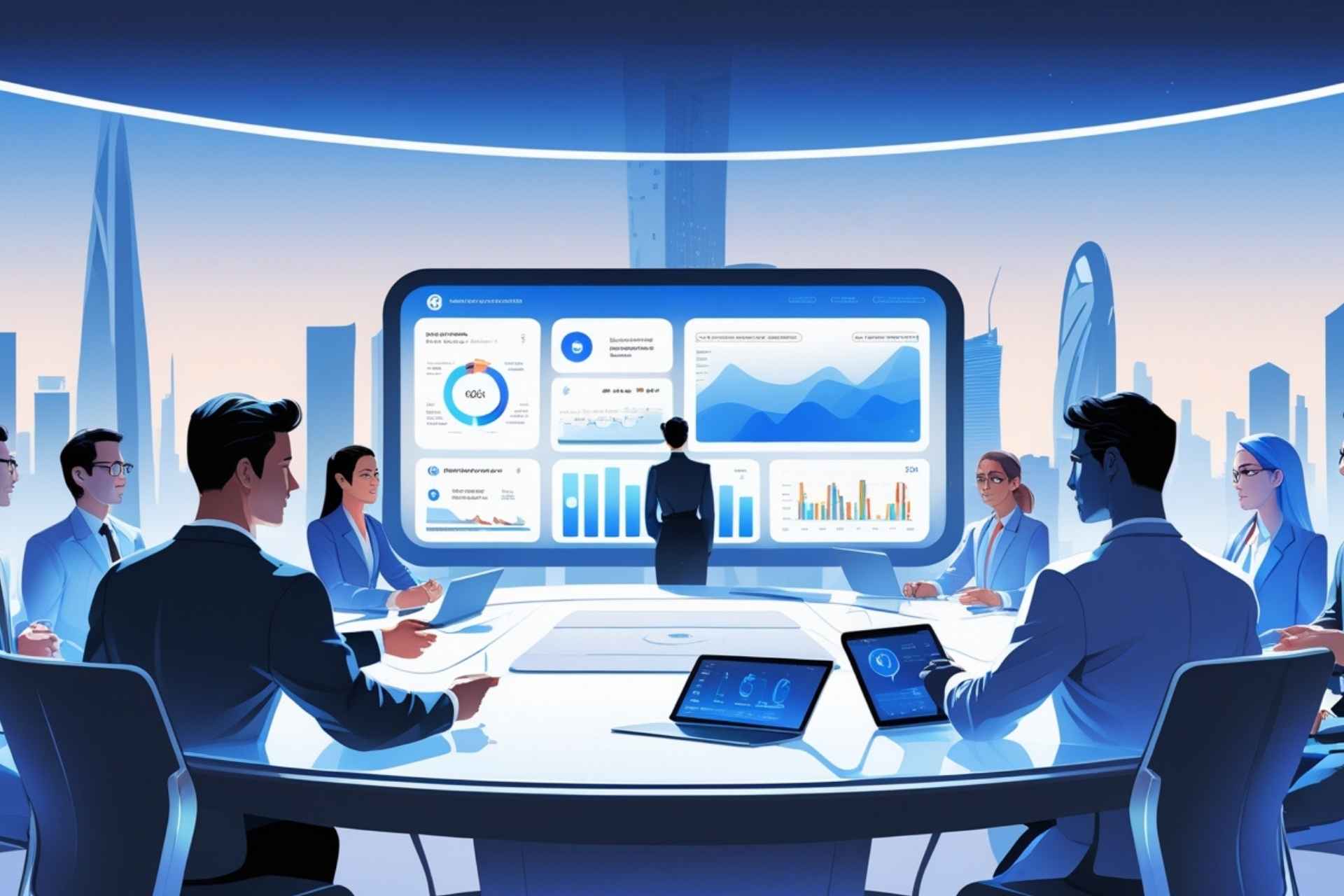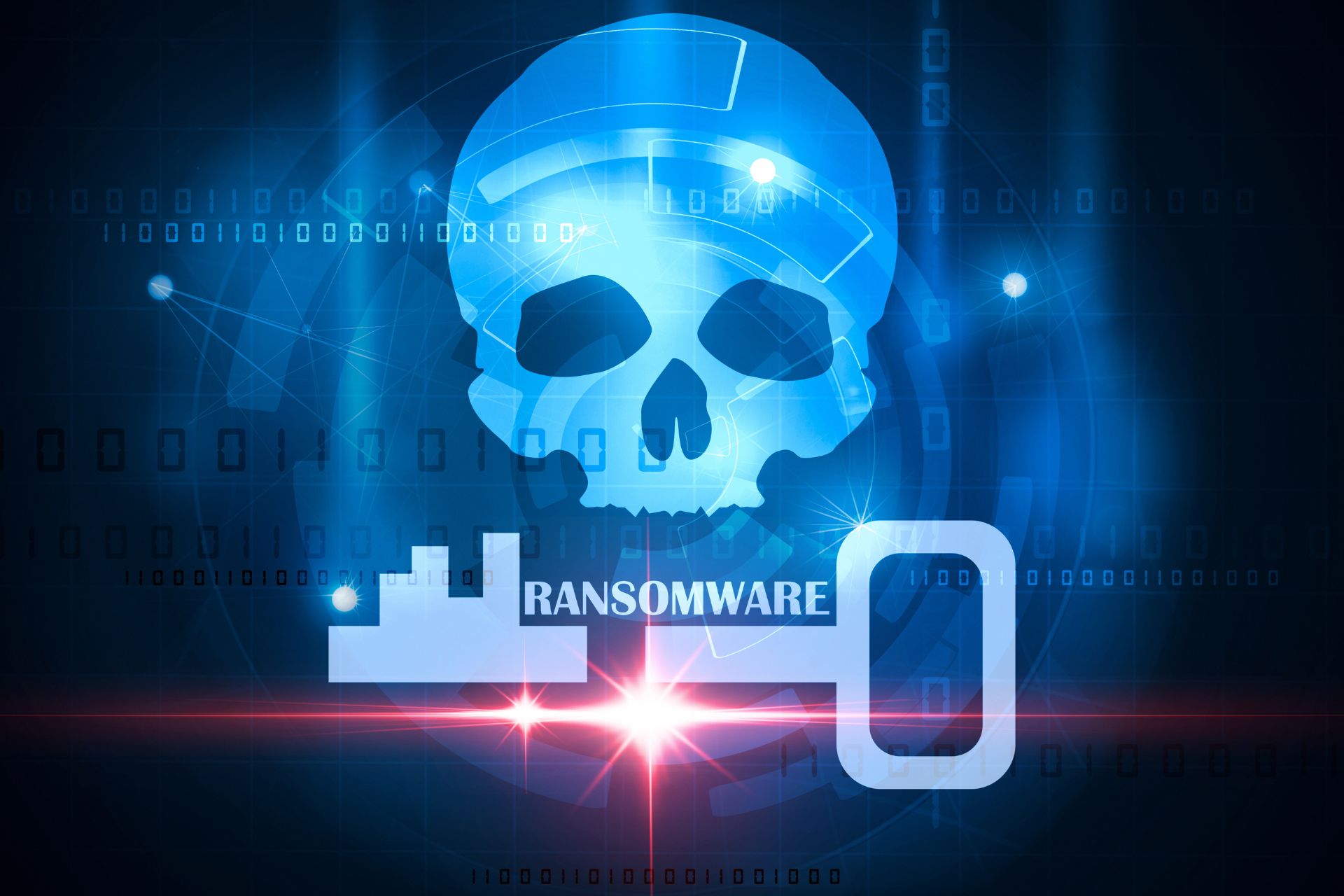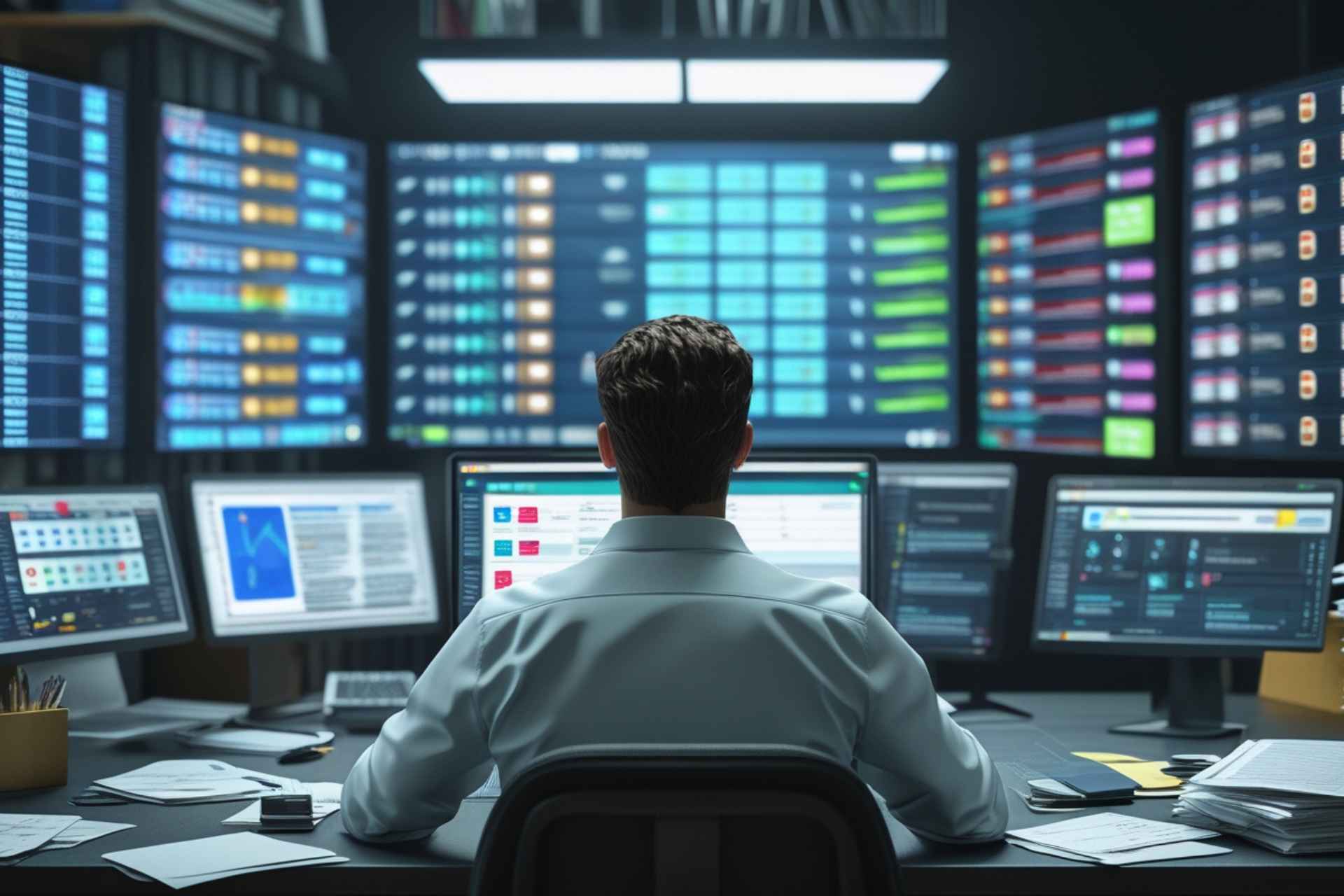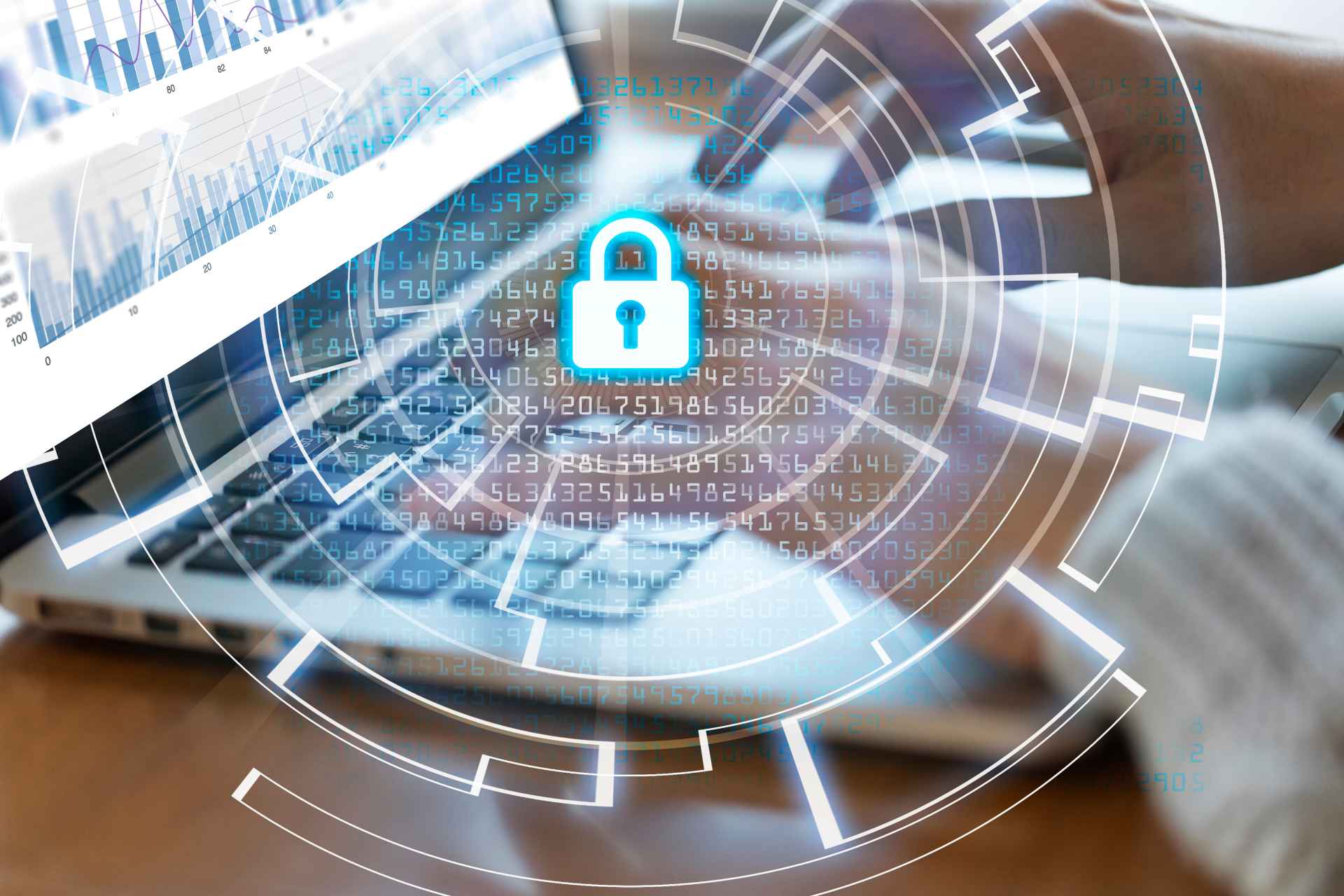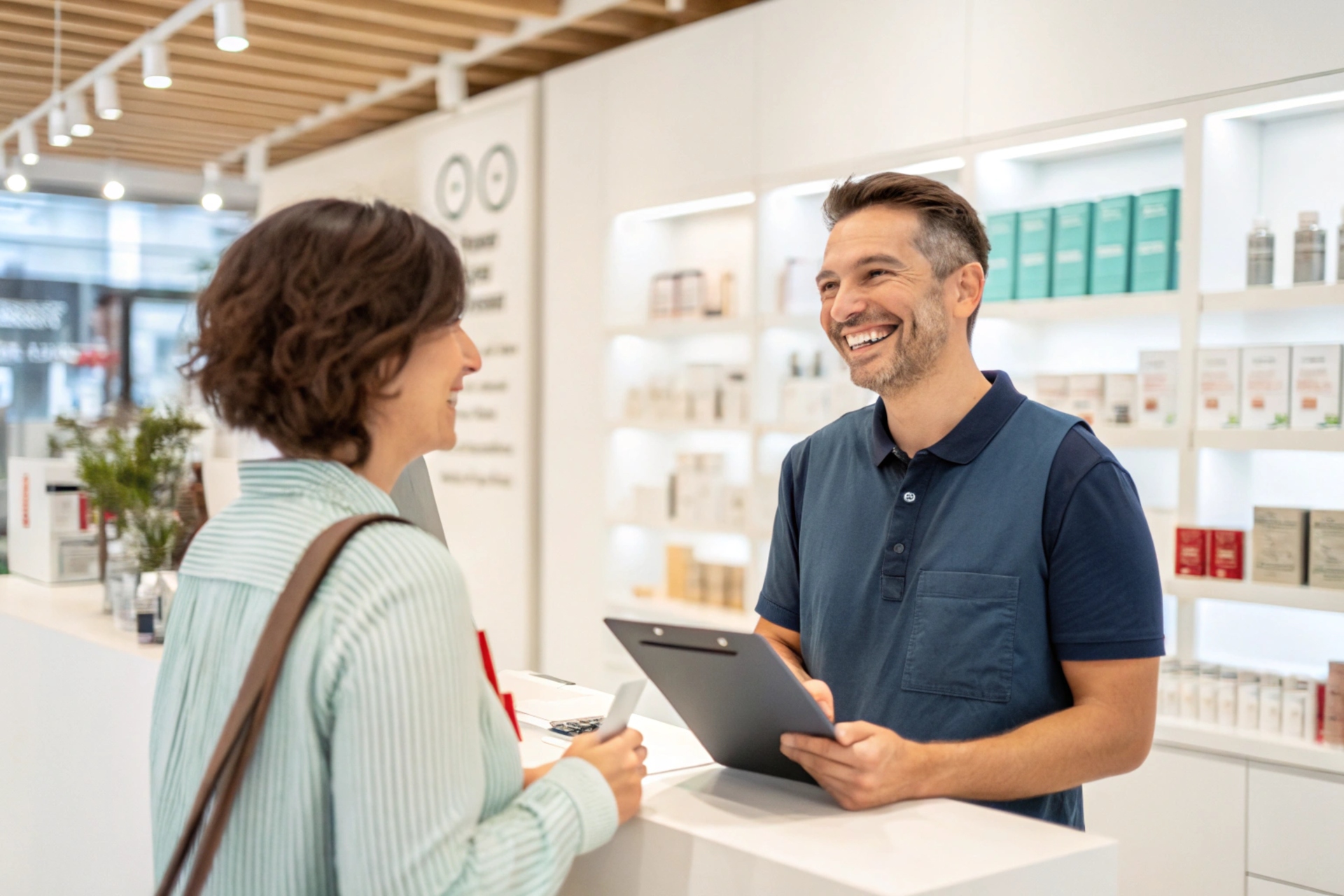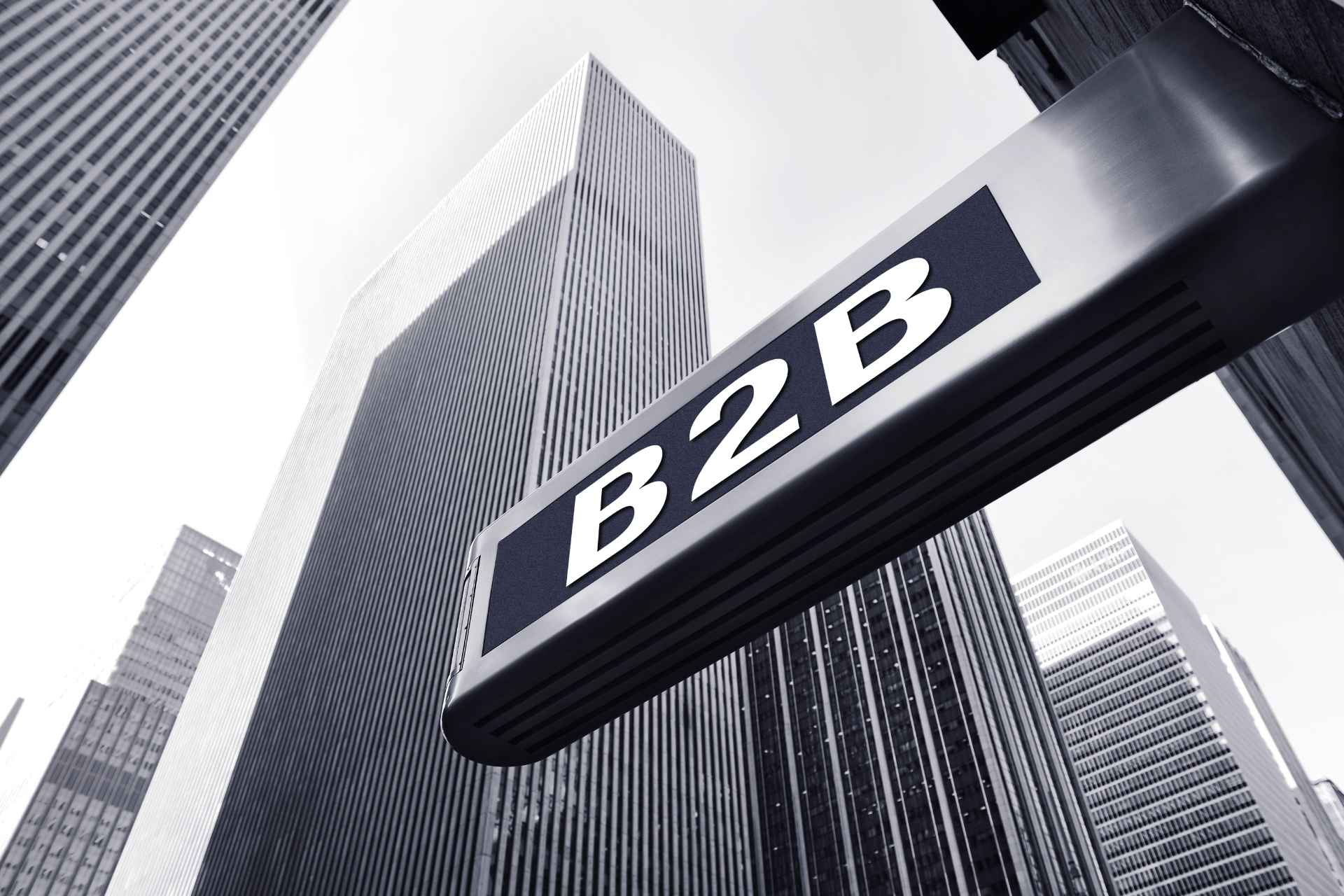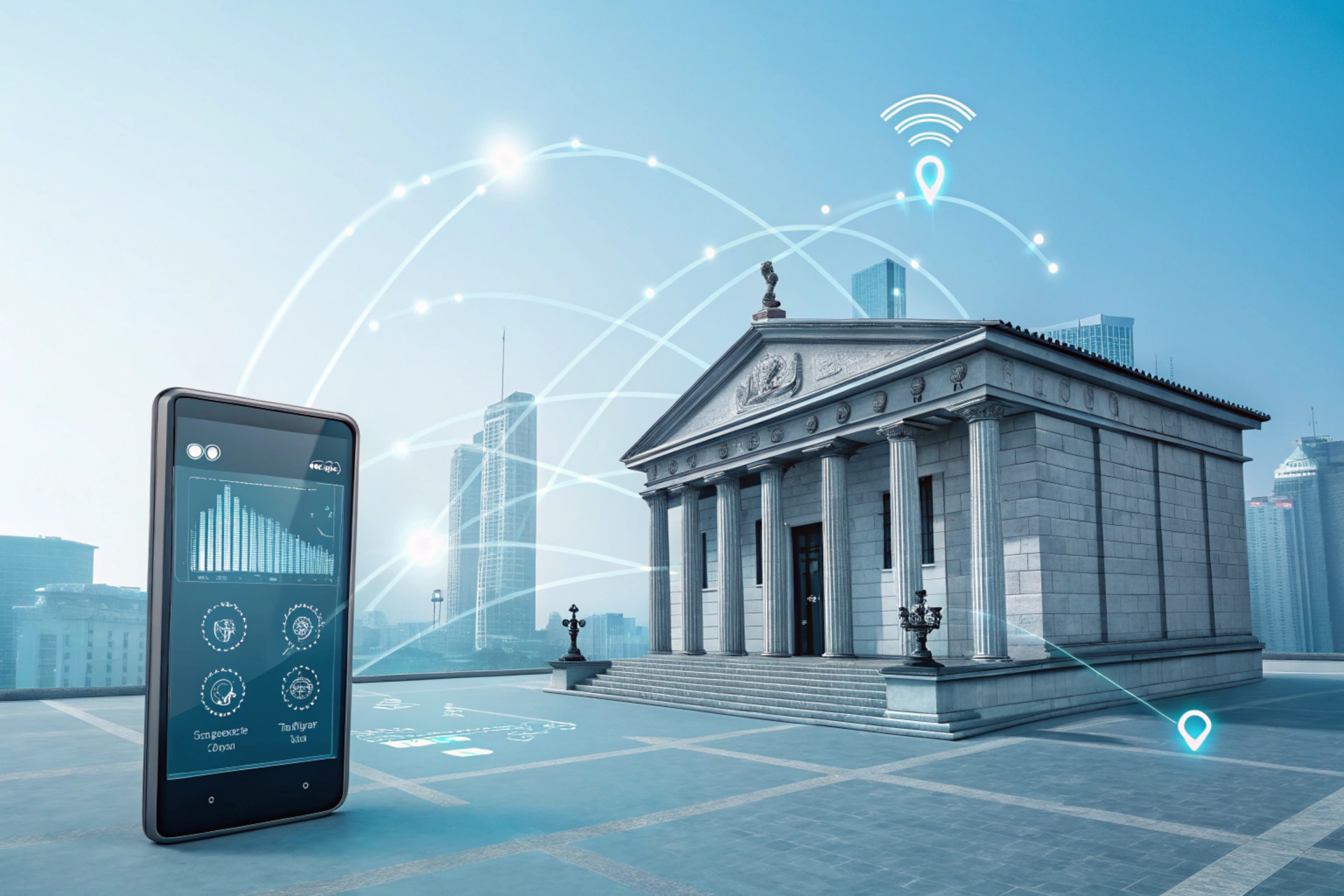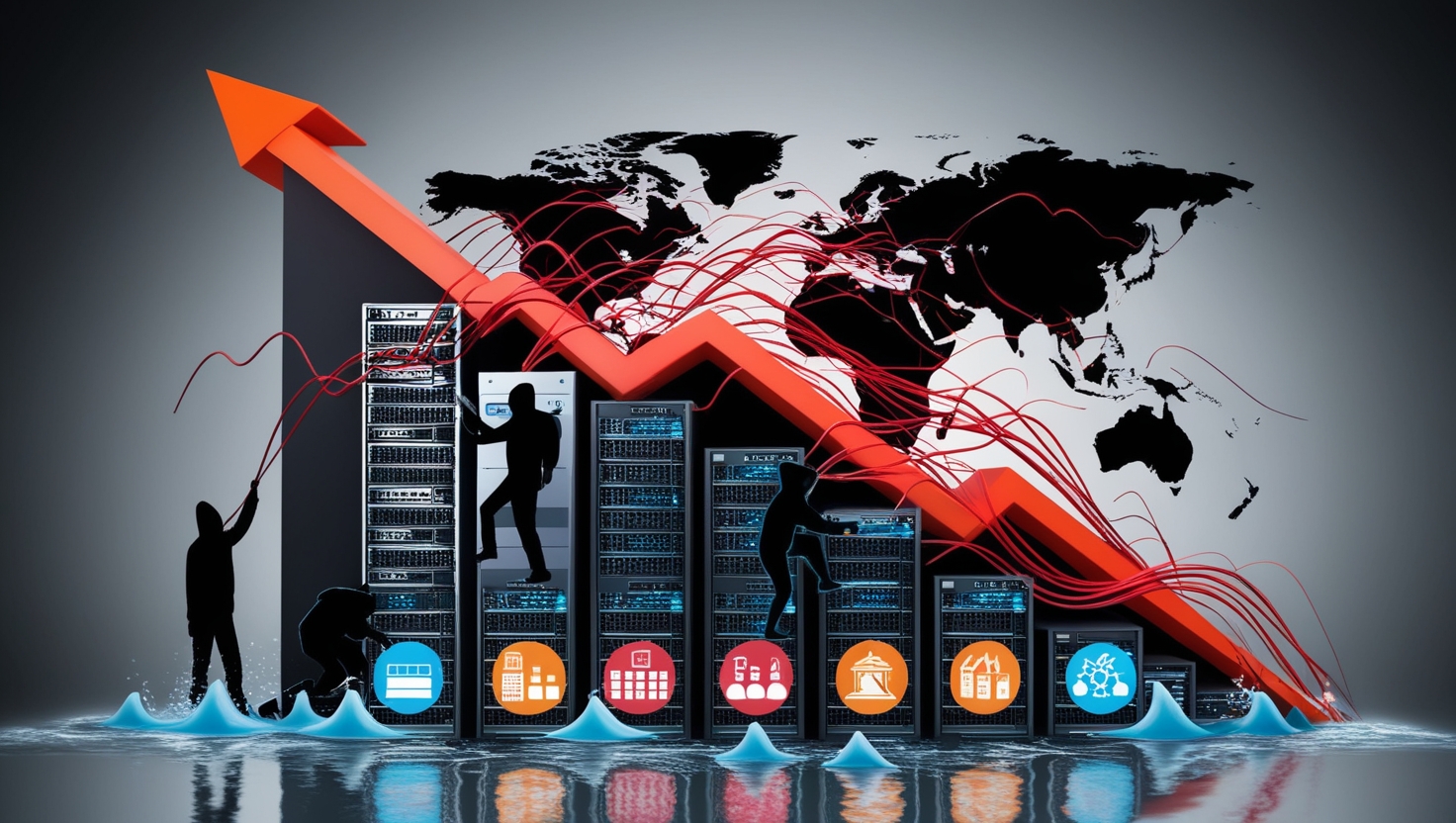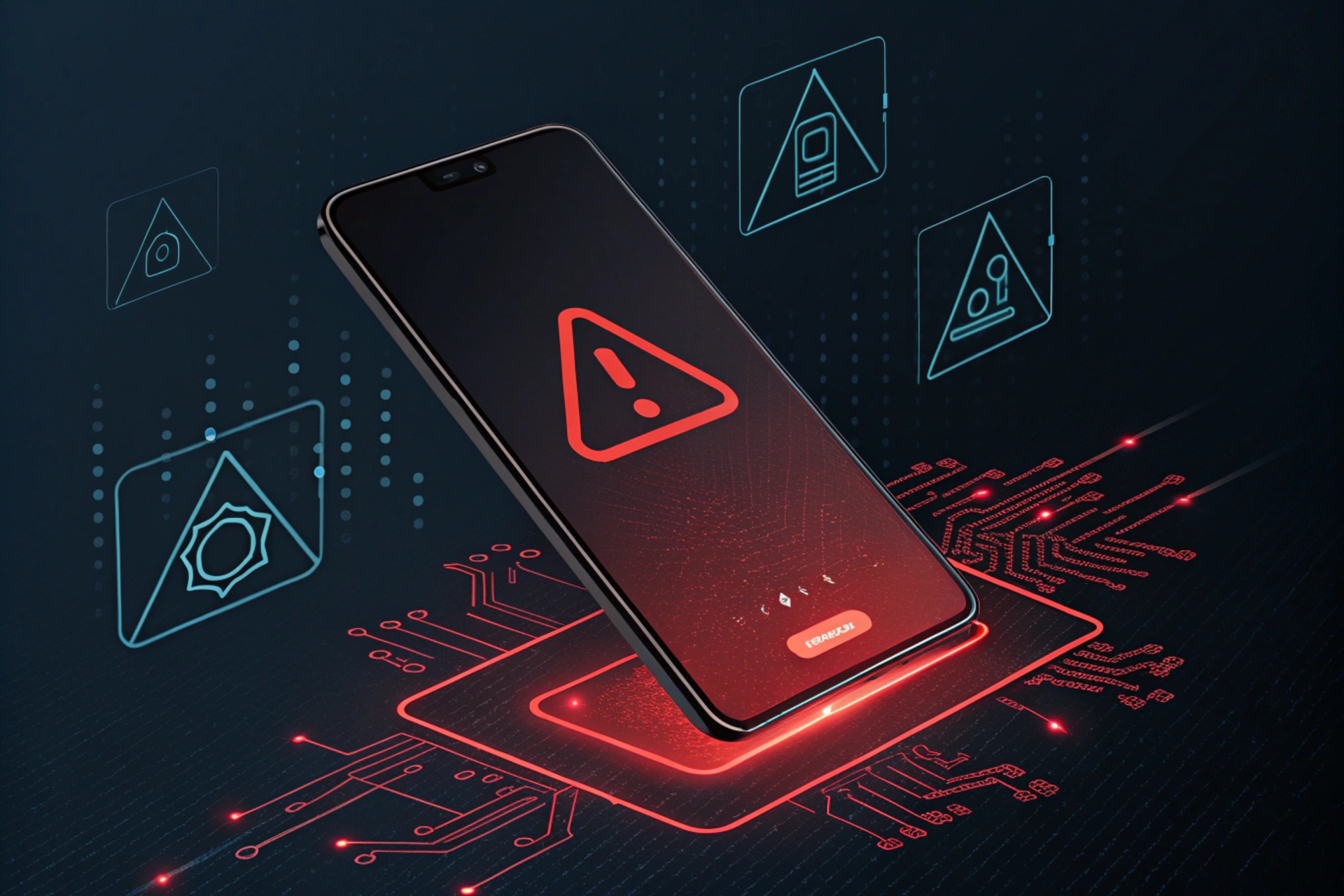
In recent years, LinkedIn has evolved from a simple job-hunting platform into a powerful space for professionals to connect, engage, and share valuable insights. With over 700 million members globally, LinkedIn is now the go-to platform for Business-to-Business (B2B) marketing. Among the key players in this ecosystem are LinkedIn influencers, individuals who have built a strong personal brand and amassed large, engaged followings. These influencers are playing an increasingly significant role in B2B marketing campaigns, helping brands to reach, engage, and convert business decision-makers in ways that were previously difficult to achieve.
What Are LinkedIn Influencers?
LinkedIn influencers are professionals who have cultivated expertise in a specific industry, sector, or niche. These individuals often share valuable content, insights, and thought leadership within their area of specialization. They command attention due to their extensive knowledge, credibility, and consistent engagement with their audience. Their influence comes from their ability to shape opinions, spark conversations, and influence purchasing decisions, making them invaluable assets for B2B brands.
Influencers on LinkedIn typically include CEOs, industry analysts, consultants, thought leaders, and professionals with deep experience in specific verticals. Their value in the B2B space lies in their established trust, authority, and the ability to reach a highly targeted, business-savvy audience.
Why LinkedIn Influencers Matter for B2B Marketing
- Credibility and Trust: LinkedIn influencers are often seen as experts by their followers. When an influencer endorses or discusses a product or service, their audience views this recommendation with a higher level of trust than traditional advertising. This is particularly valuable in B2B marketing, where decisions are often made based on trust, relationships, and expertise.
- Highly Targeted Audience: Unlike other social media platforms, LinkedIn’s user base consists primarily of professionals, making it a goldmine for B2B marketers. LinkedIn influencers have access to this professional network, enabling brands to connect with high-level decision-makers, managers, and executives who are most likely to benefit from their offerings.
- Enhanced Content Visibility: LinkedIn’s algorithm rewards high-quality, engaging content, giving influencers a wider reach. By collaborating with influencers who can create content that resonates with their followers, B2B brands can amplify their message, increase visibility, and drive traffic to their website or landing page.
- Lead Generation and Conversions: LinkedIn influencers can help drive qualified leads by promoting content like whitepapers, case studies, webinars, and product demos. With their ability to craft compelling messages tailored to the needs of their audience, influencers can generate interest in a brand’s offerings and convert followers into leads.
- Improved Thought Leadership: In the B2B space, establishing a brand as an authority is crucial. By partnering with LinkedIn influencers, companies can enhance their position as thought leaders in their industry. Influencers can feature your brand in insightful posts, discussions, or interviews that showcase your expertise, elevating your reputation within the professional community.
How LinkedIn Influencers Can Be Integrated into B2B Marketing Campaigns
- Content Collaboration: One of the most effective ways to leverage LinkedIn influencers is by collaborating on content. This could be co-authored articles, LinkedIn posts, videos, or even webinars. By sharing their unique perspectives and insights on your products or services, influencers can attract the attention of their professional network and promote your brand in an authentic, engaging way.
- Product Endorsements: Influencers can share their personal experiences with your product or service, showcasing its value through their own lens. This can be particularly effective for B2B products that require a deep understanding or specialized knowledge, as influencers can explain complex features in a way that resonates with their audience.
- Hosted Webinars and Live Streams: Collaborating with influencers on webinars or live events is an excellent way to engage with an audience in real-time. Influencers can moderate discussions or participate in panels, providing valuable insights while promoting your brand’s offerings.
- Employee Advocacy Programs: Another approach is to turn employees into influencers by encouraging them to share content related to your brand. When employees share their professional experiences and successes with your company’s products, they can build credibility, and their network may trust these testimonials more than traditional advertisements.
- Paid Campaigns and Sponsored Posts: Some B2B brands choose to work with LinkedIn influencers through paid campaigns. Influencers can run sponsored posts that align with your marketing goals, targeting specific segments of their audience to drive conversions or raise awareness.
Challenges of Using LinkedIn Influencers in B2B Marketing
While the potential benefits of LinkedIn influencers in B2B marketing are significant, it is important to be aware of some challenges:
- Finding the Right Influencers: Not all influencers will align with your brand or industry. It’s crucial to carefully select influencers who have expertise and credibility within your niche. The right influencer will have a genuine connection with their audience and a reputation that reflects positively on your brand.
- Measuring ROI: Tracking the return on investment (ROI) from influencer marketing can be difficult. It’s essential to have clear goals, such as lead generation, brand awareness, or thought leadership, and to measure the success of campaigns through metrics like engagement, click-through rates, and conversions.
- Managing Relationships: Influencers are not controlled by your brand. They have their own voice and content style, which can sometimes create a disconnect between the messaging you want to deliver and what they present to their audience. Ensuring alignment without stifling their authenticity is a delicate balance.
- Cost: While influencer marketing can be cost-effective compared to traditional advertising, partnering with high-profile LinkedIn influencers can be expensive. Brands must weigh the cost against potential benefits and ensure that they are working with influencers whose impact justifies the investment.
Conclusion
LinkedIn influencers have become a central piece in modern B2B marketing strategies. Their ability to engage a highly targeted professional audience with credible, authentic content has proven invaluable for brands looking to build trust, generate leads, and establish themselves as thought leaders. By understanding the role of LinkedIn influencers and strategically incorporating them into B2B campaigns, businesses can unlock new opportunities for growth, visibility, and success in the competitive digital landscape.
For B2B companies aiming to stay ahead in a rapidly evolving market, working with LinkedIn influencers may just be the game-changer needed to enhance their marketing efforts.



